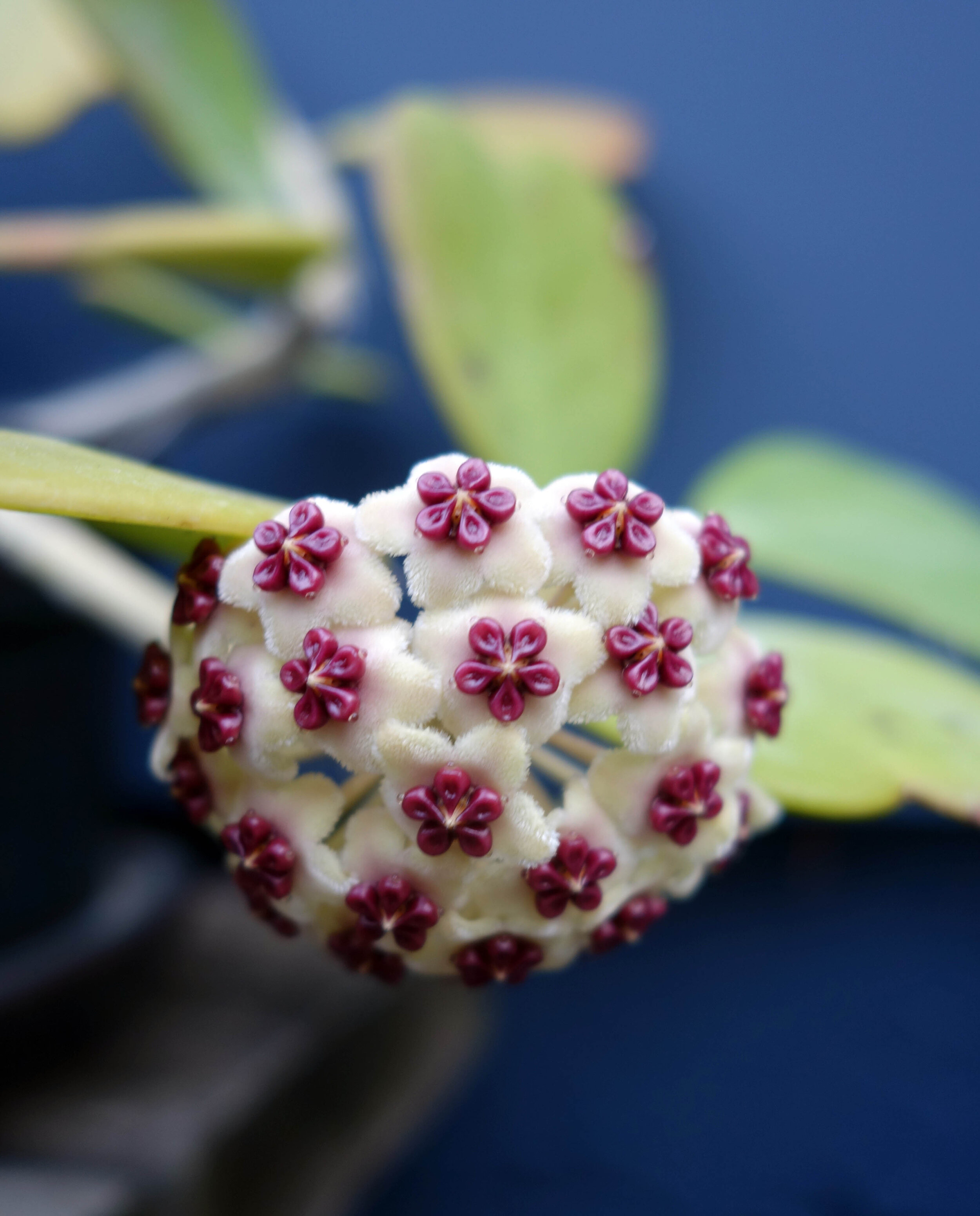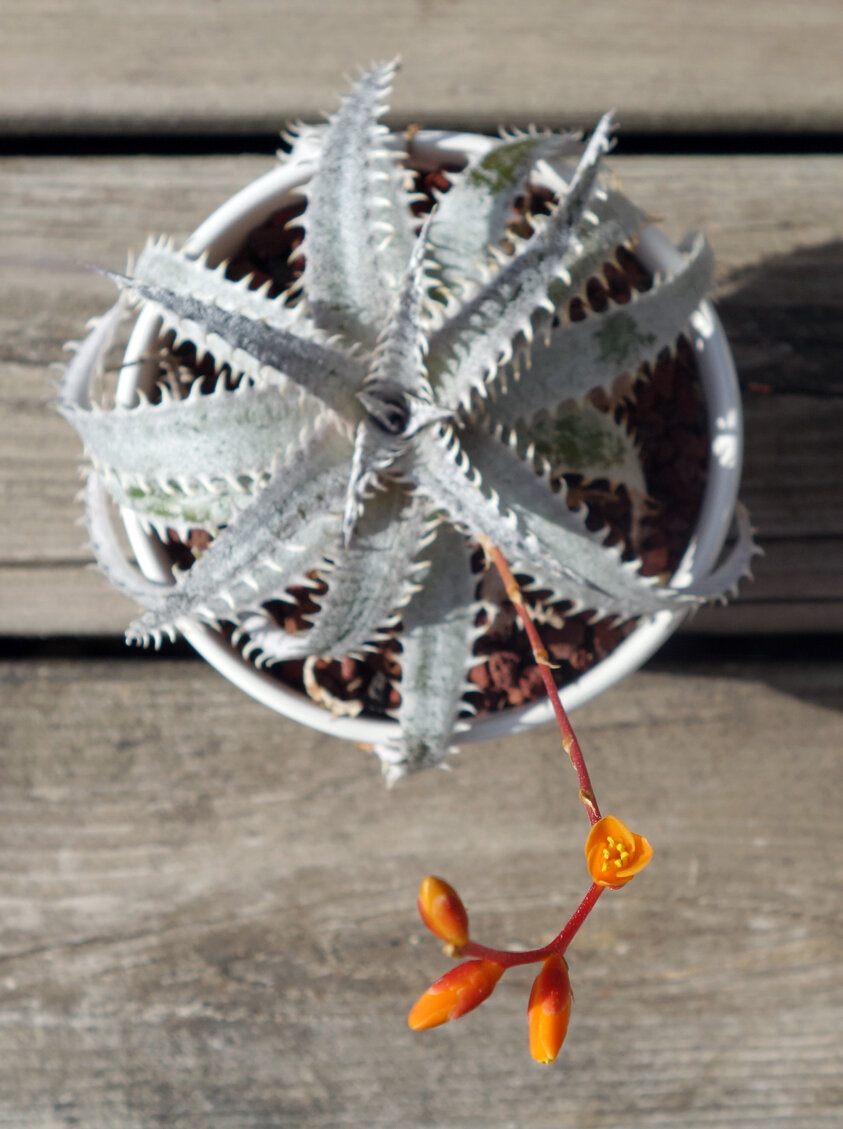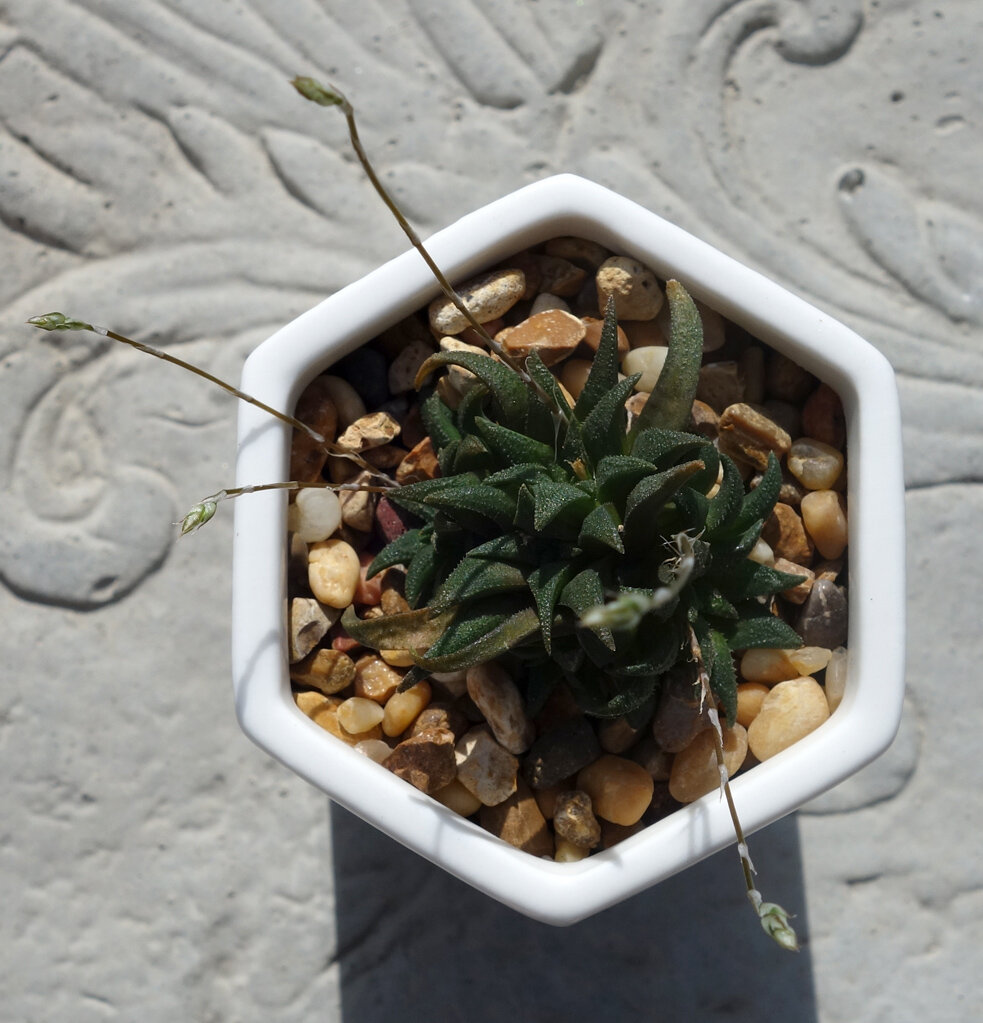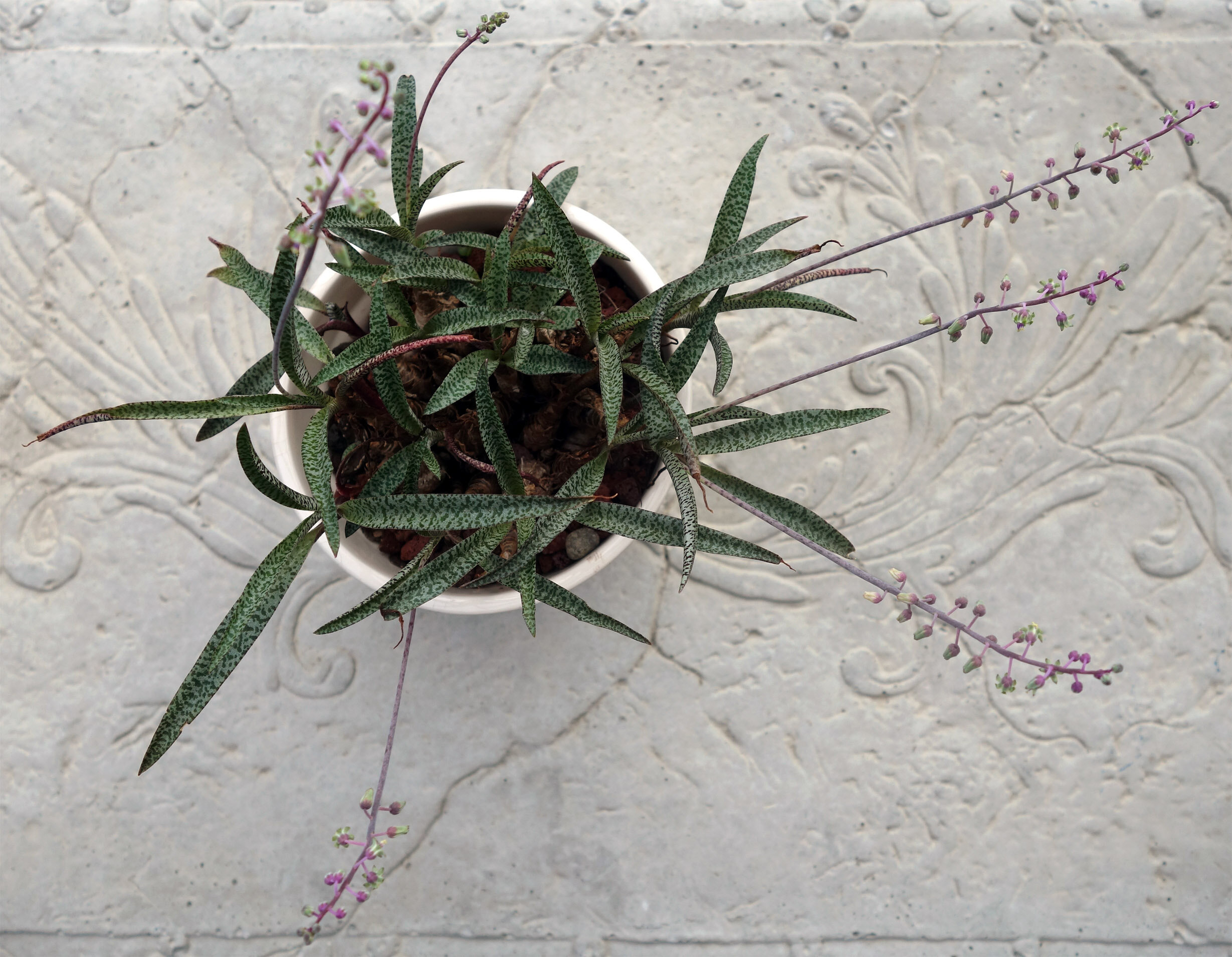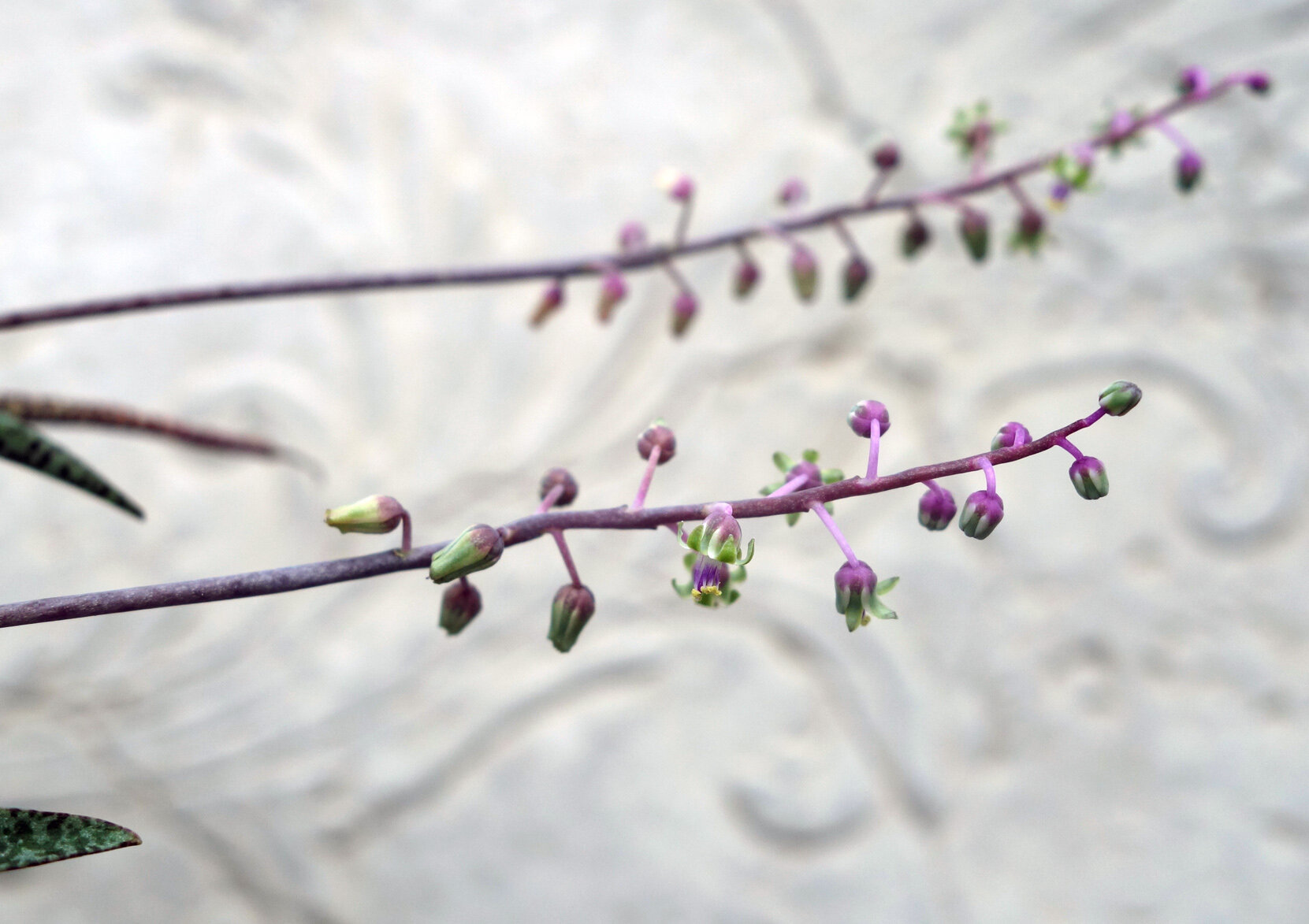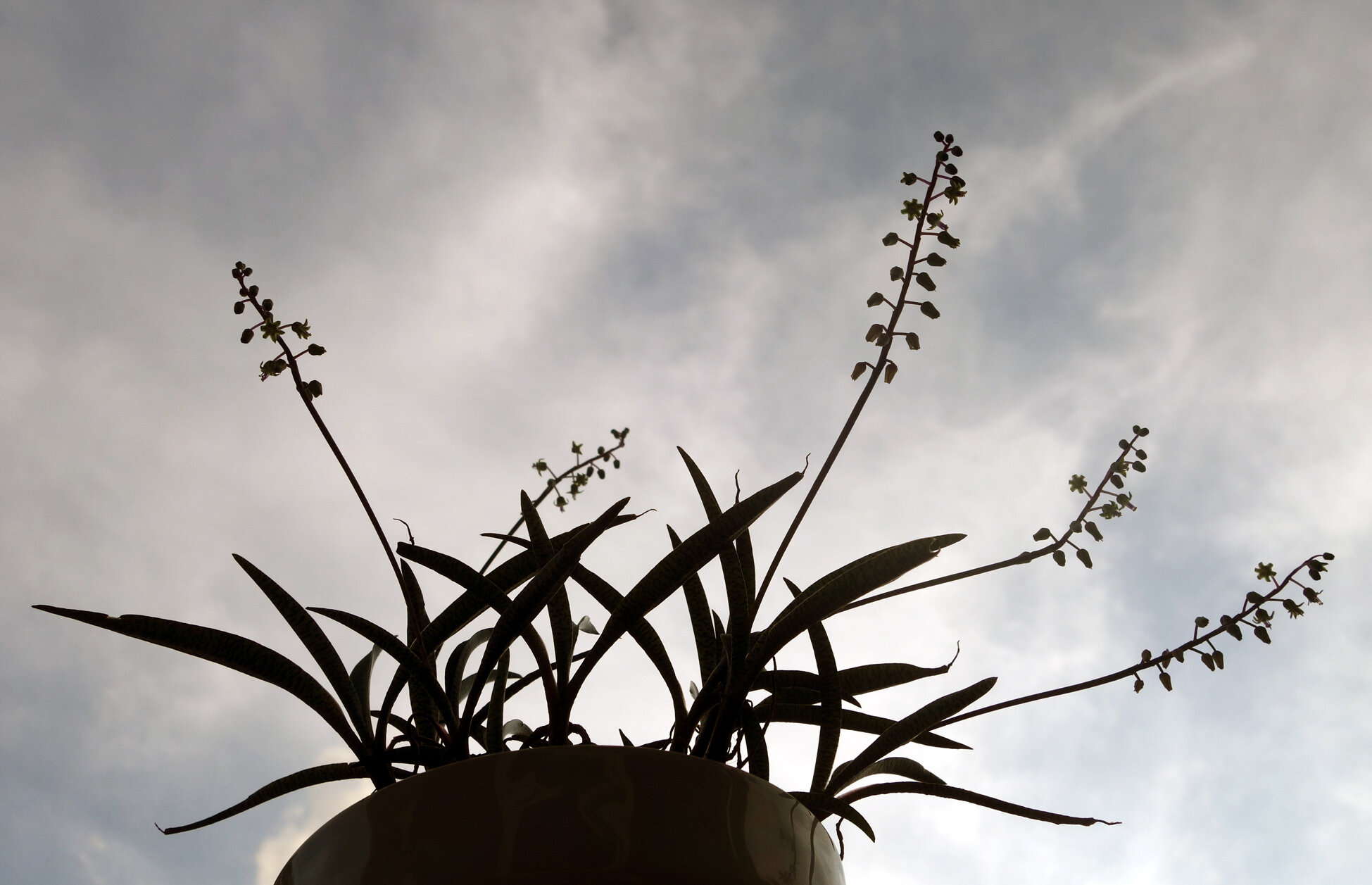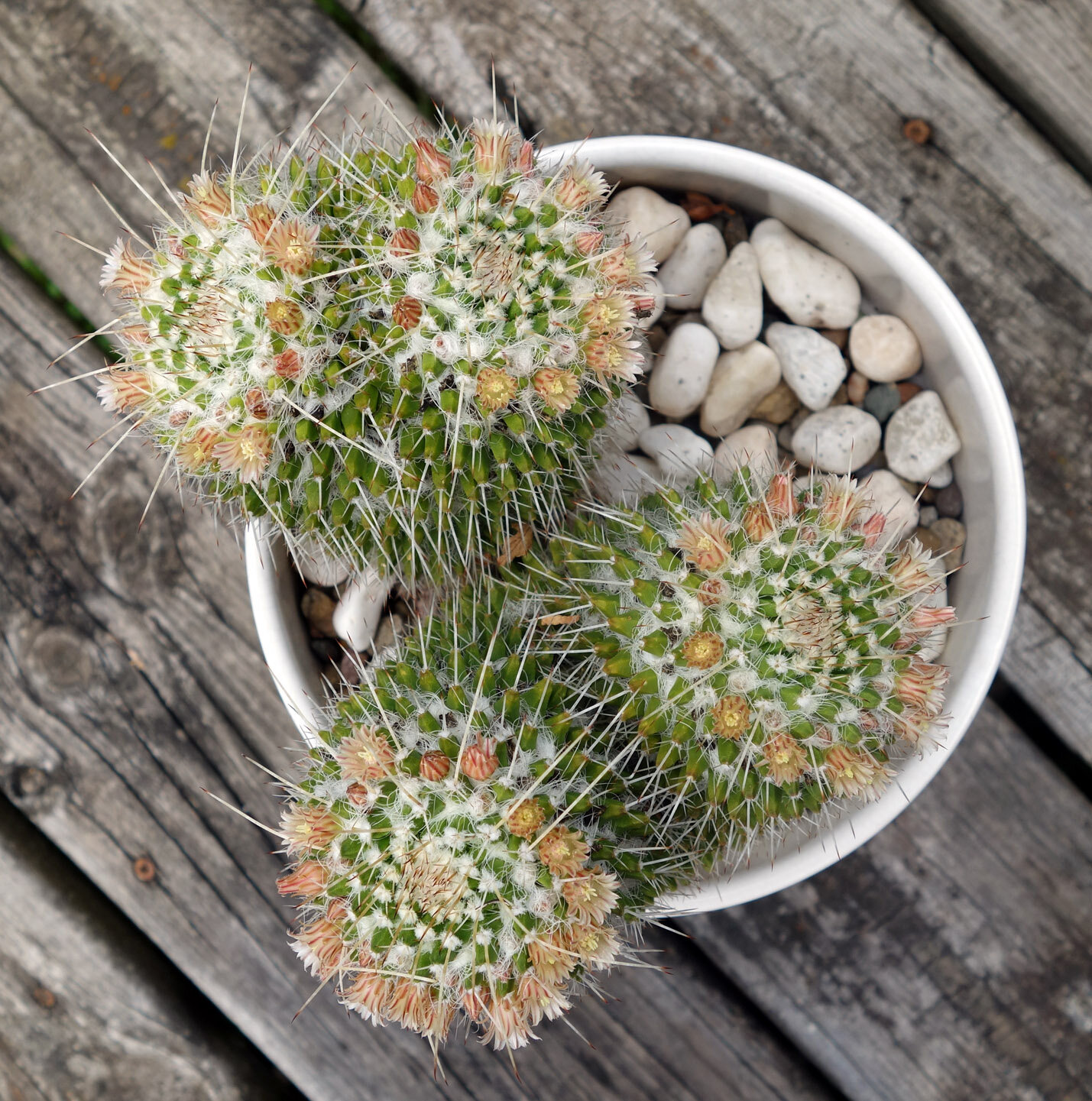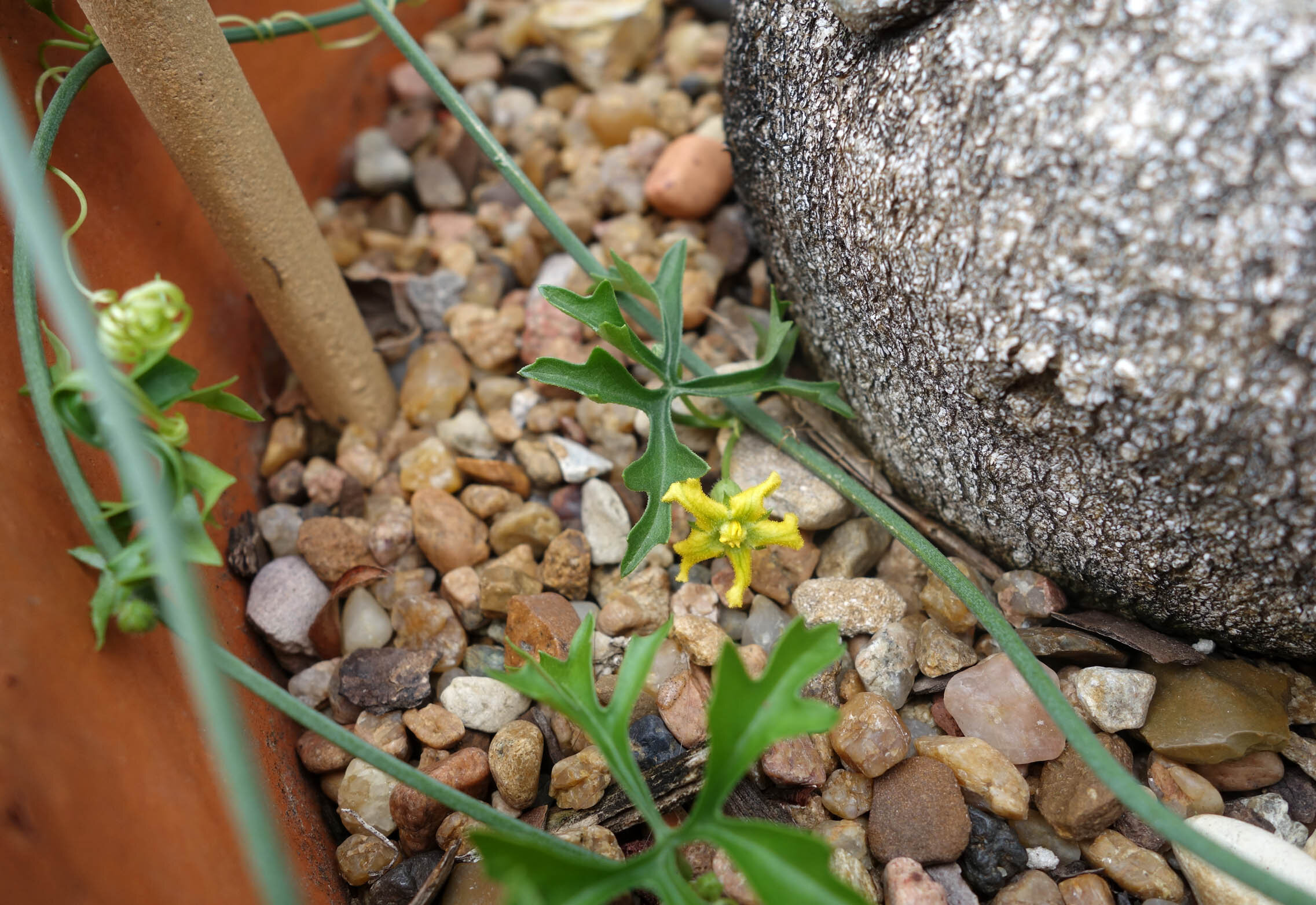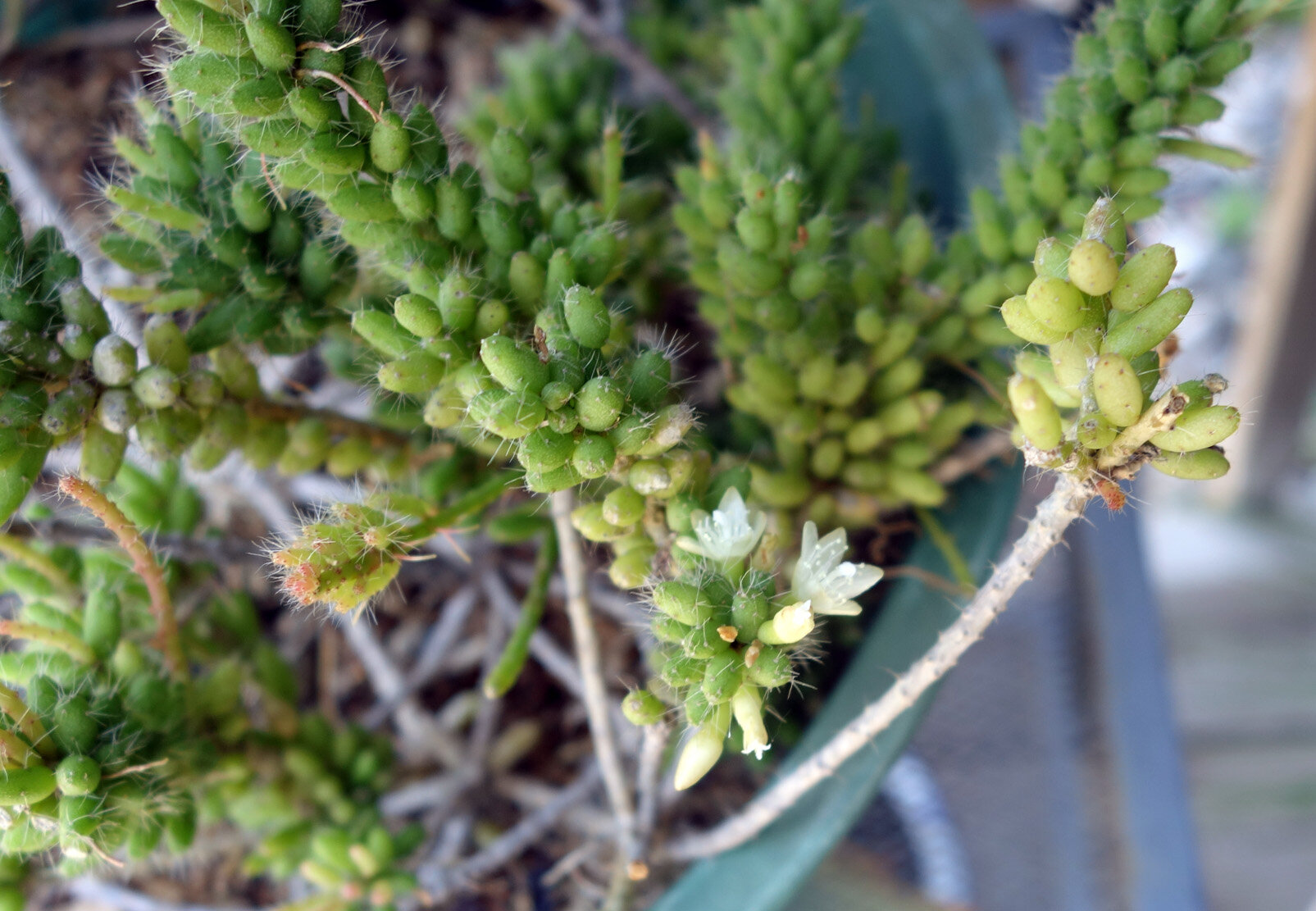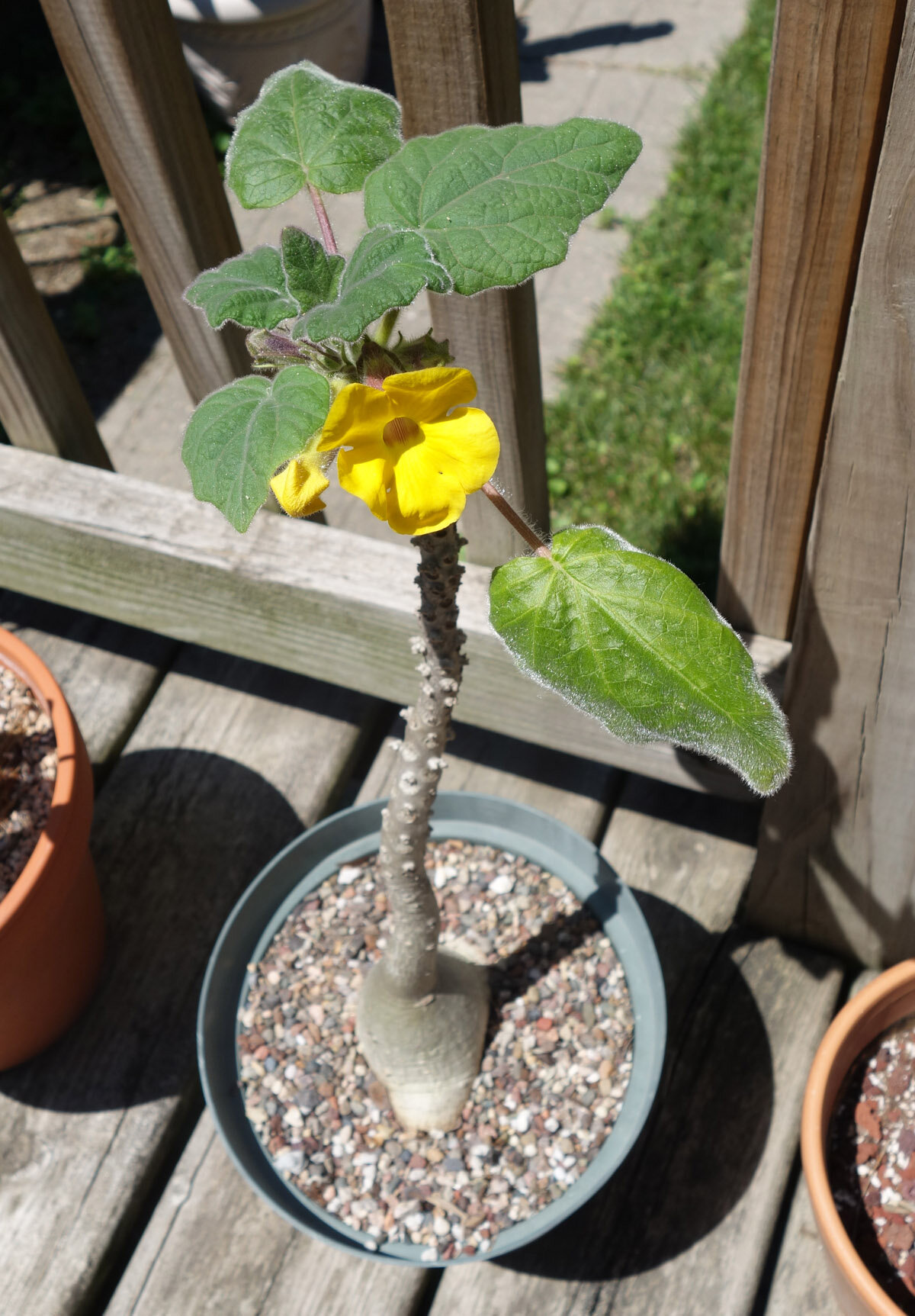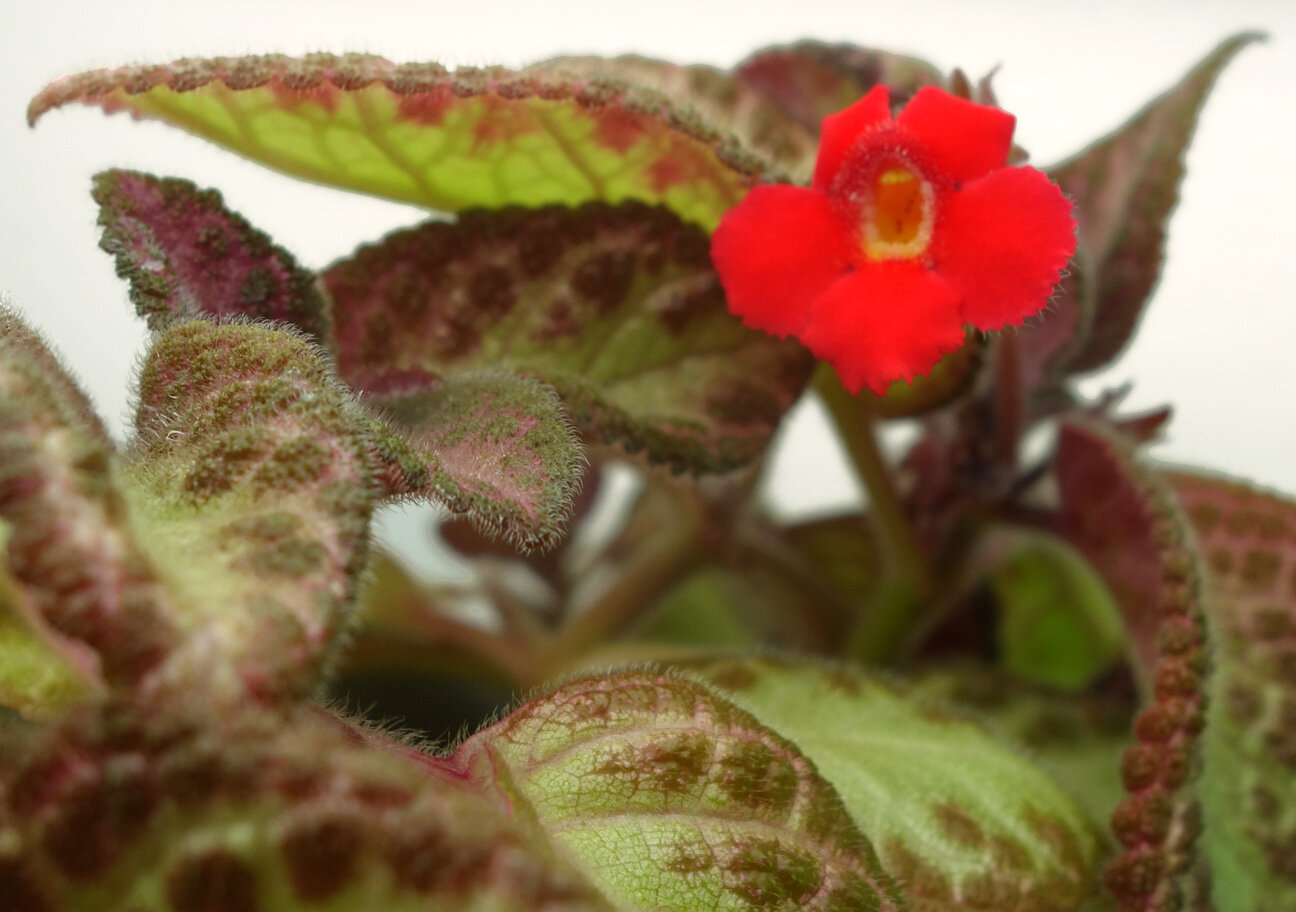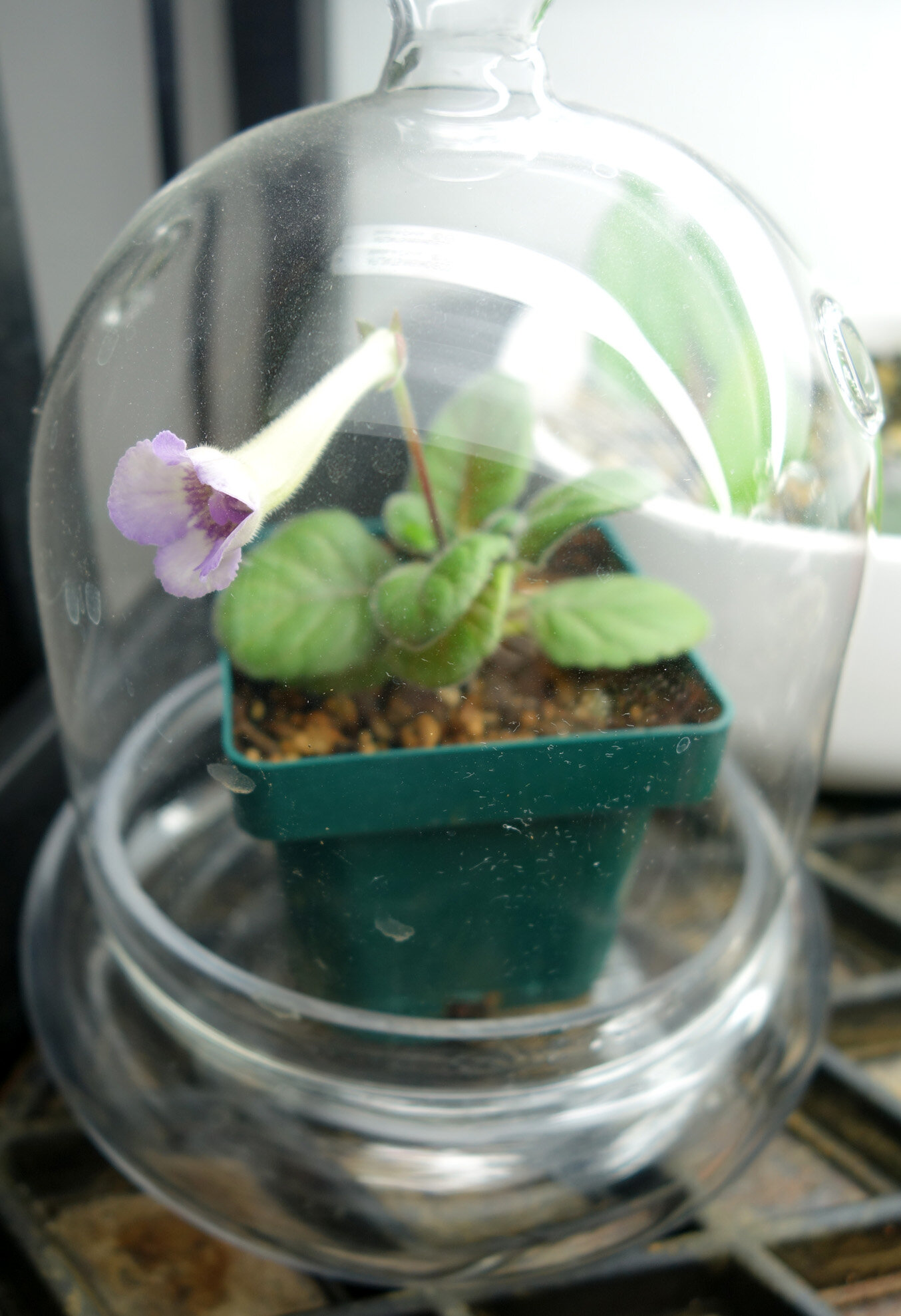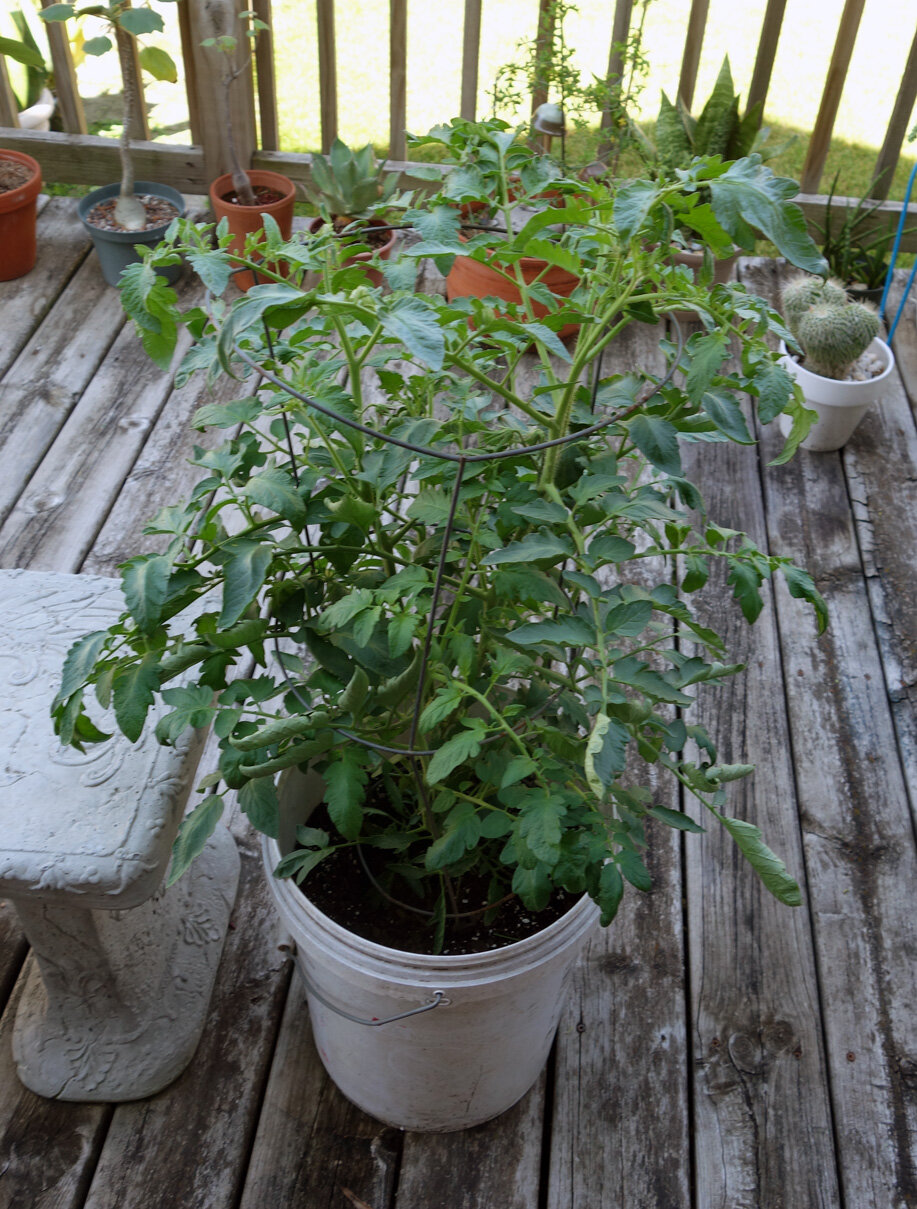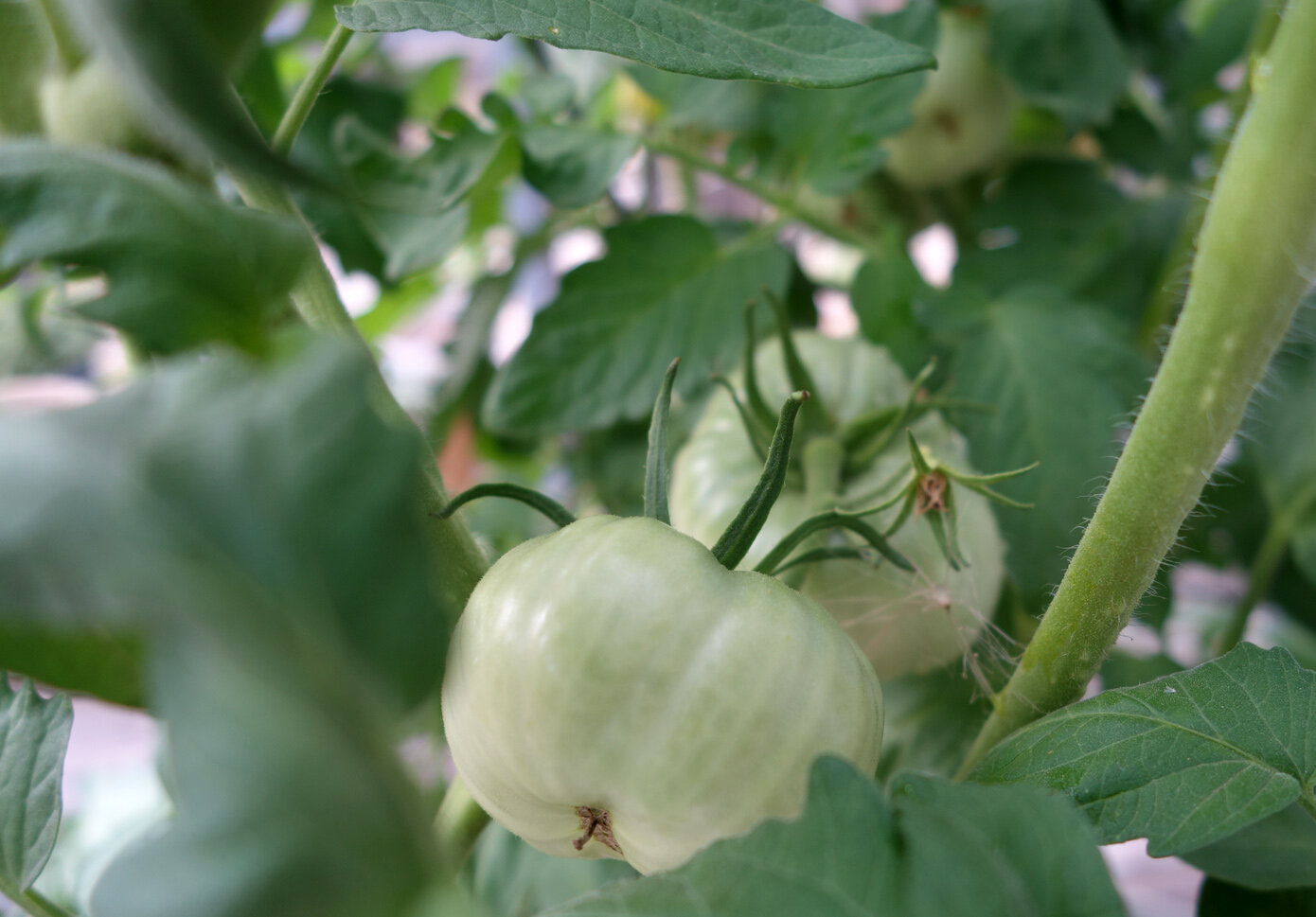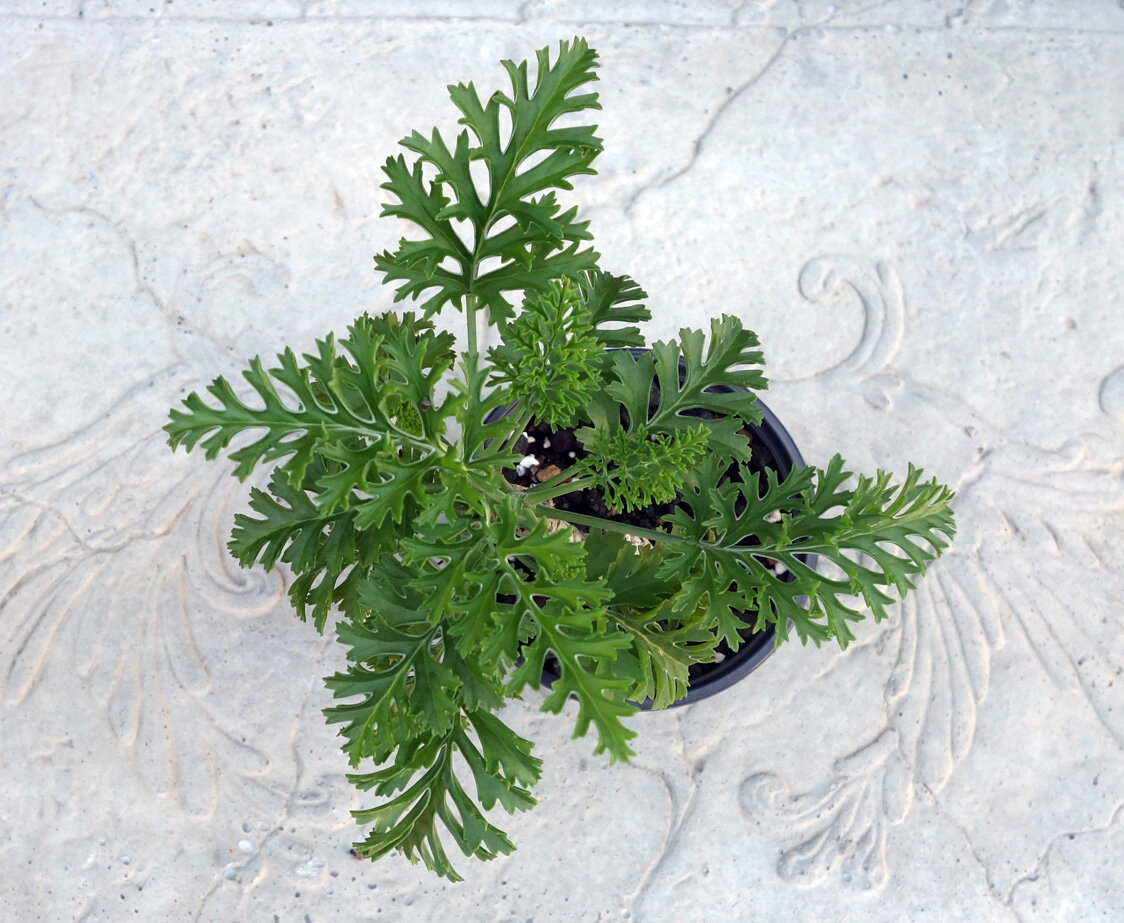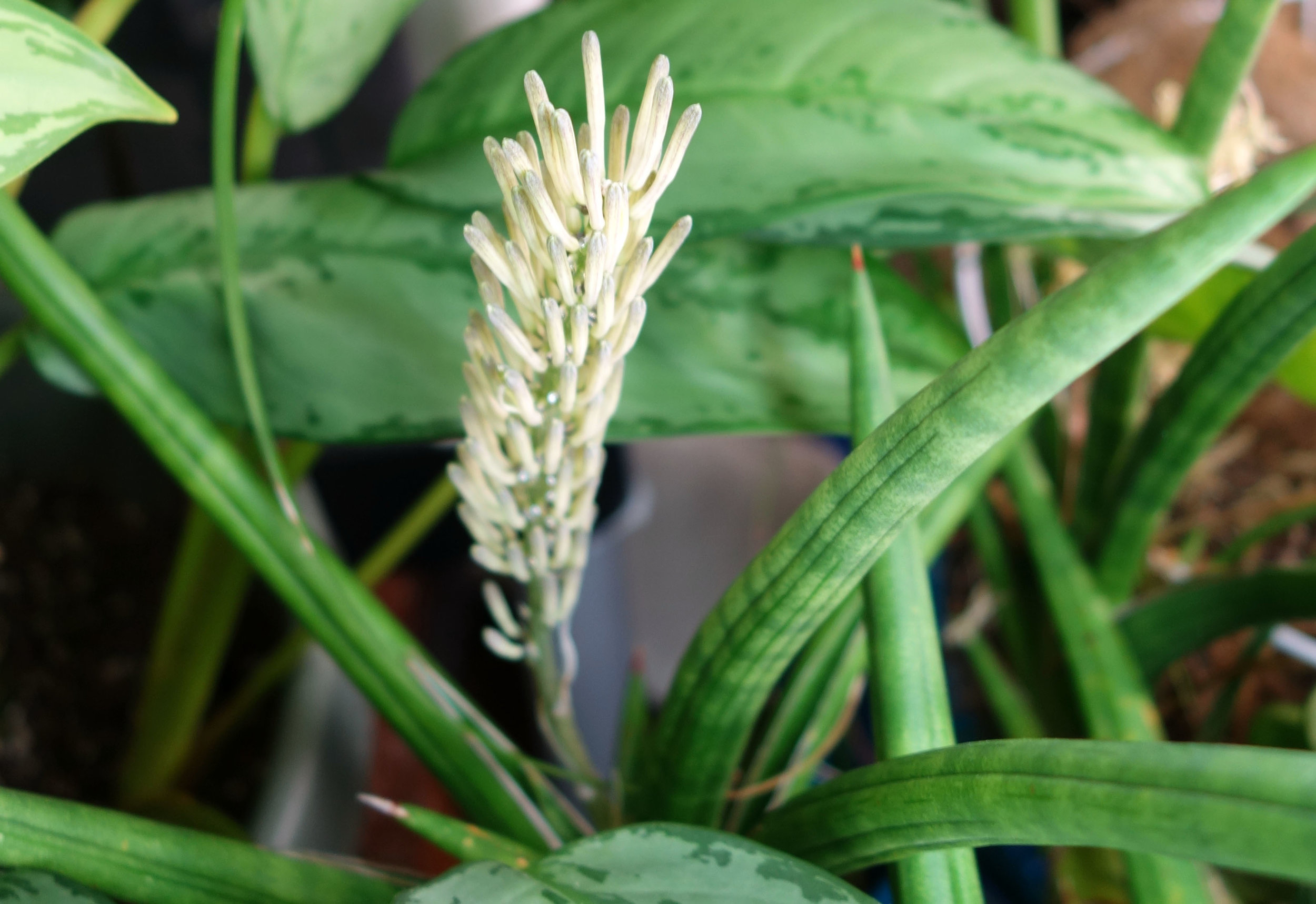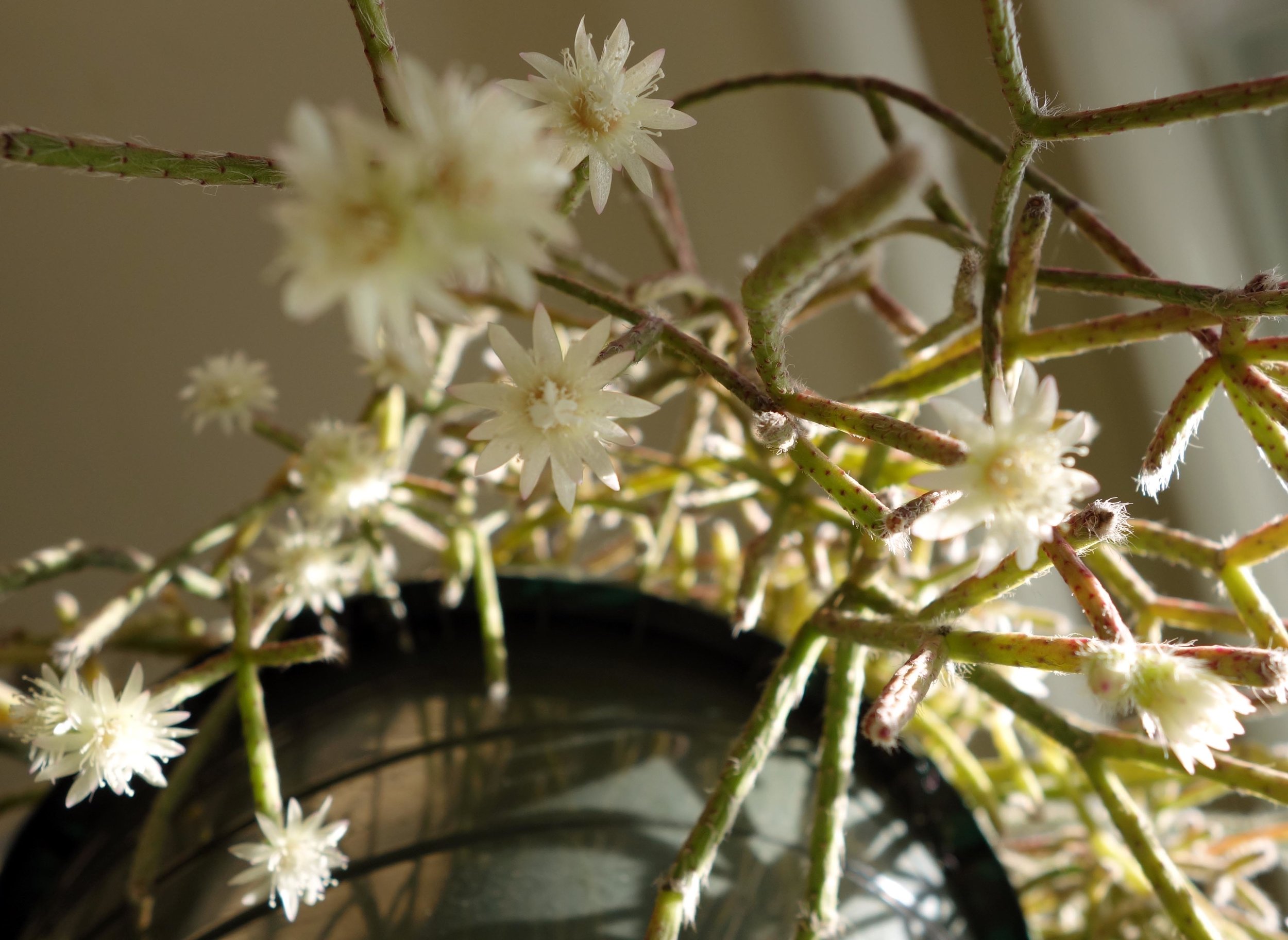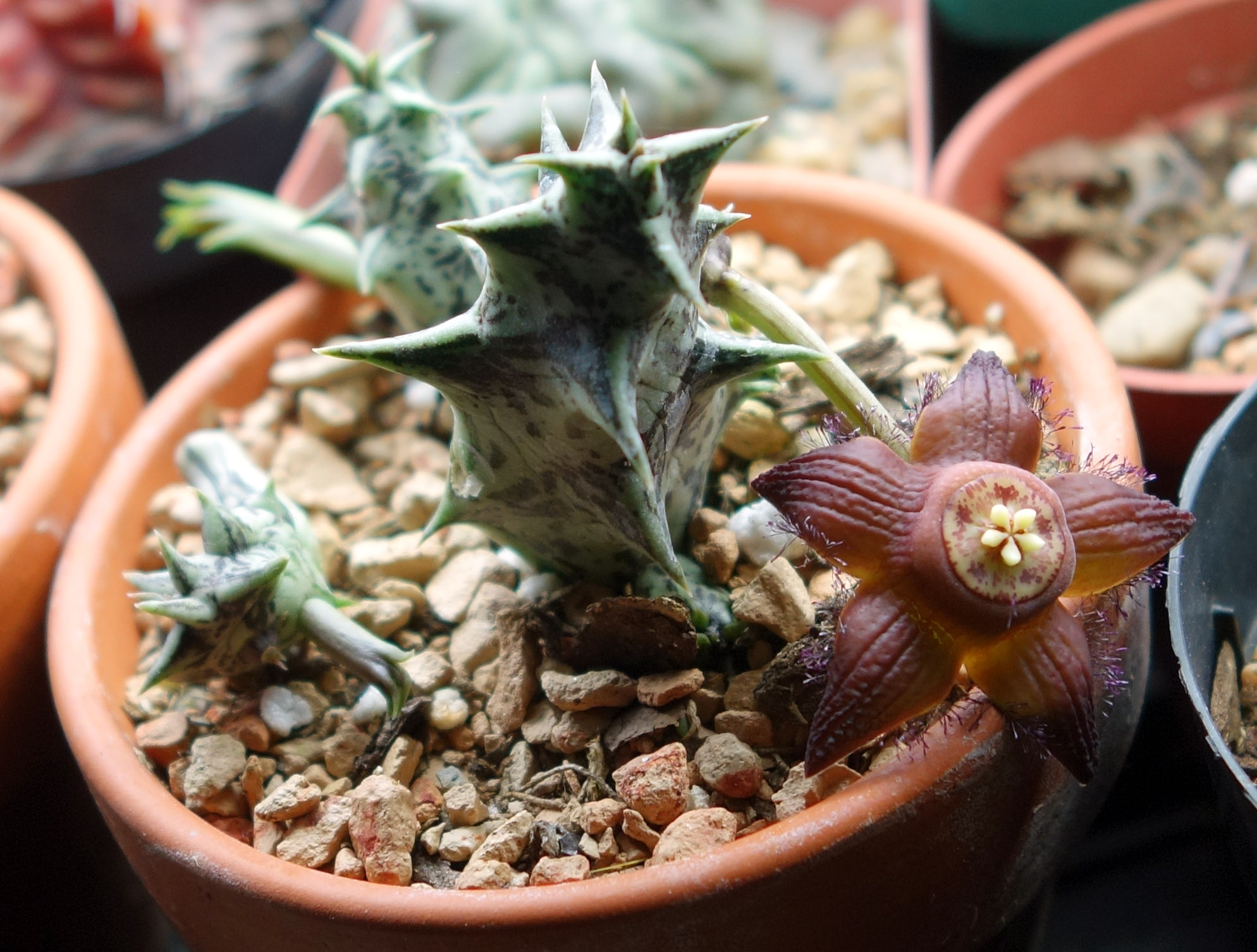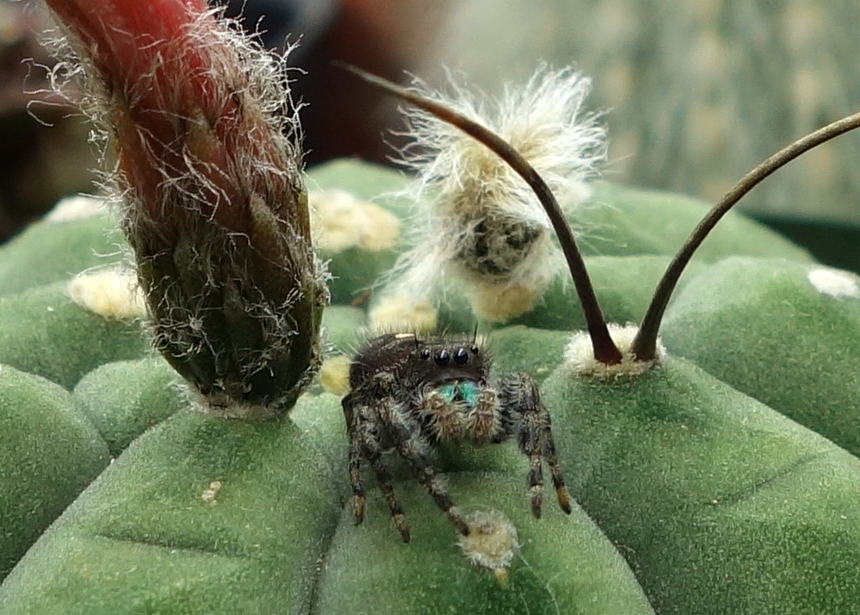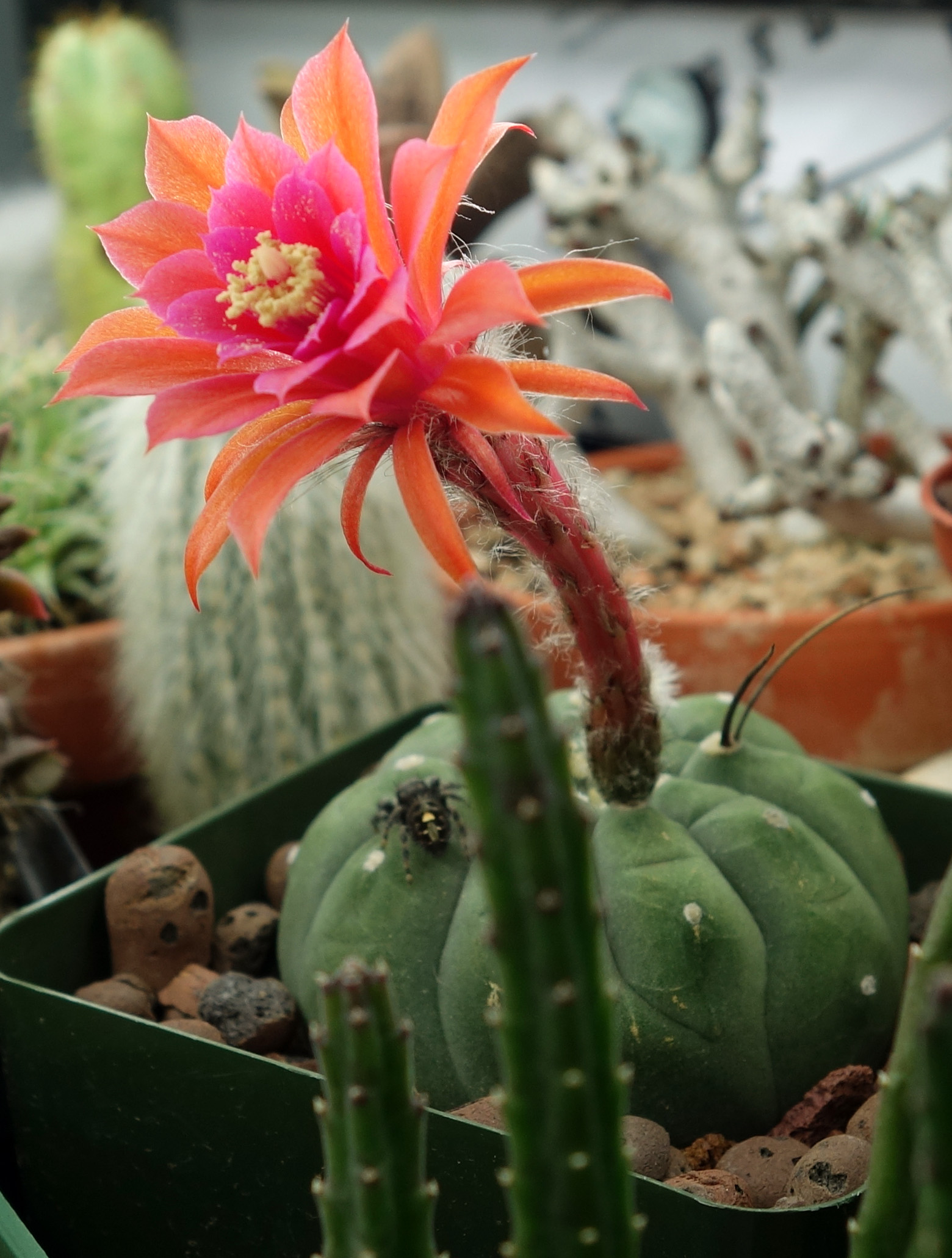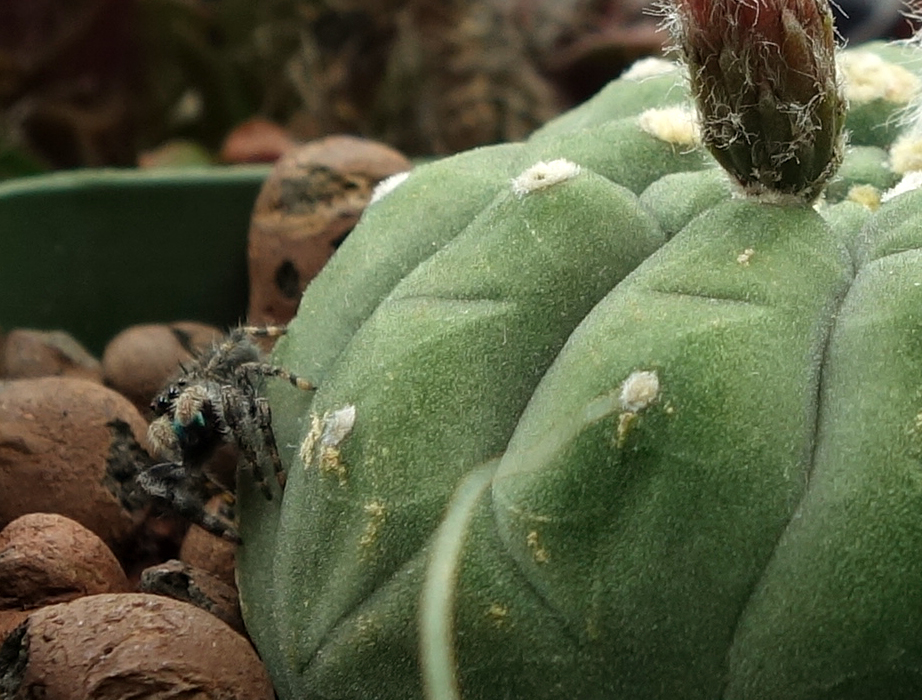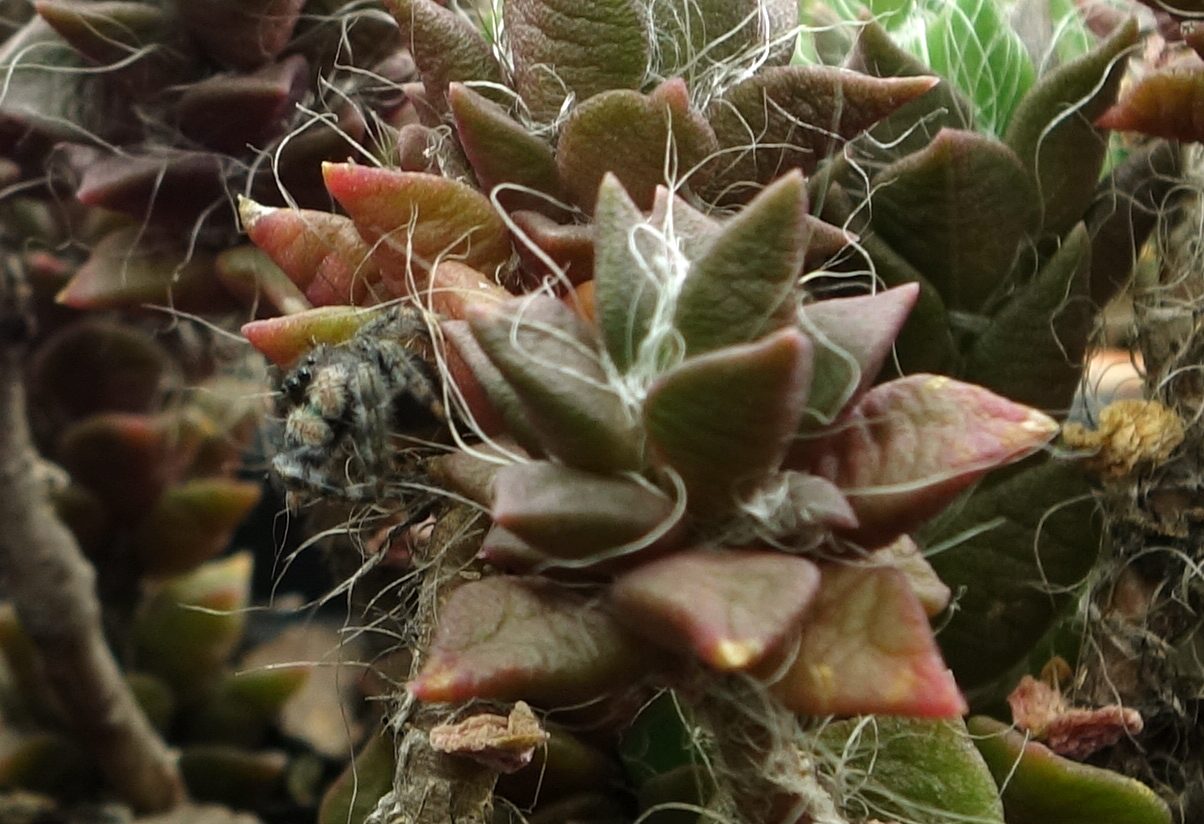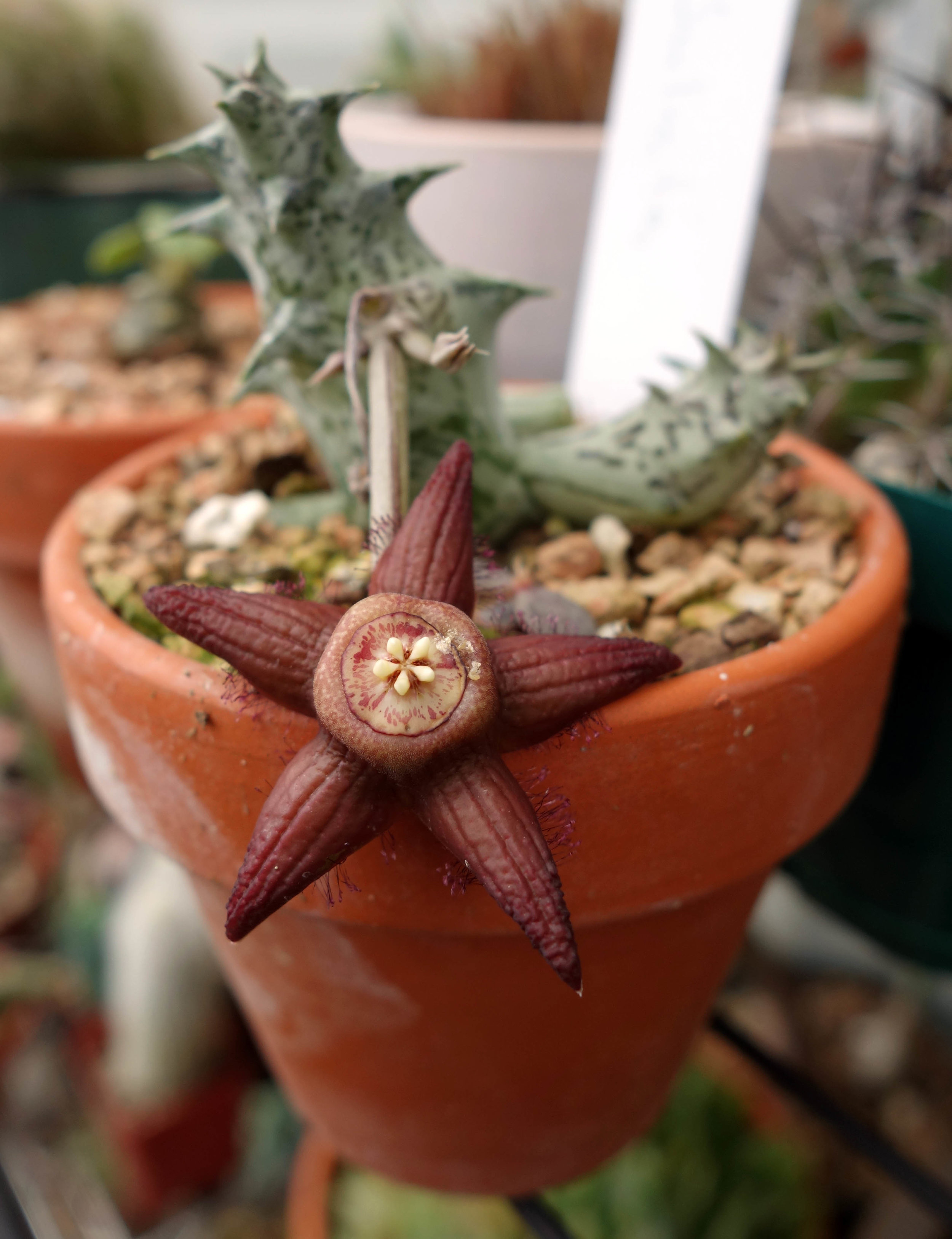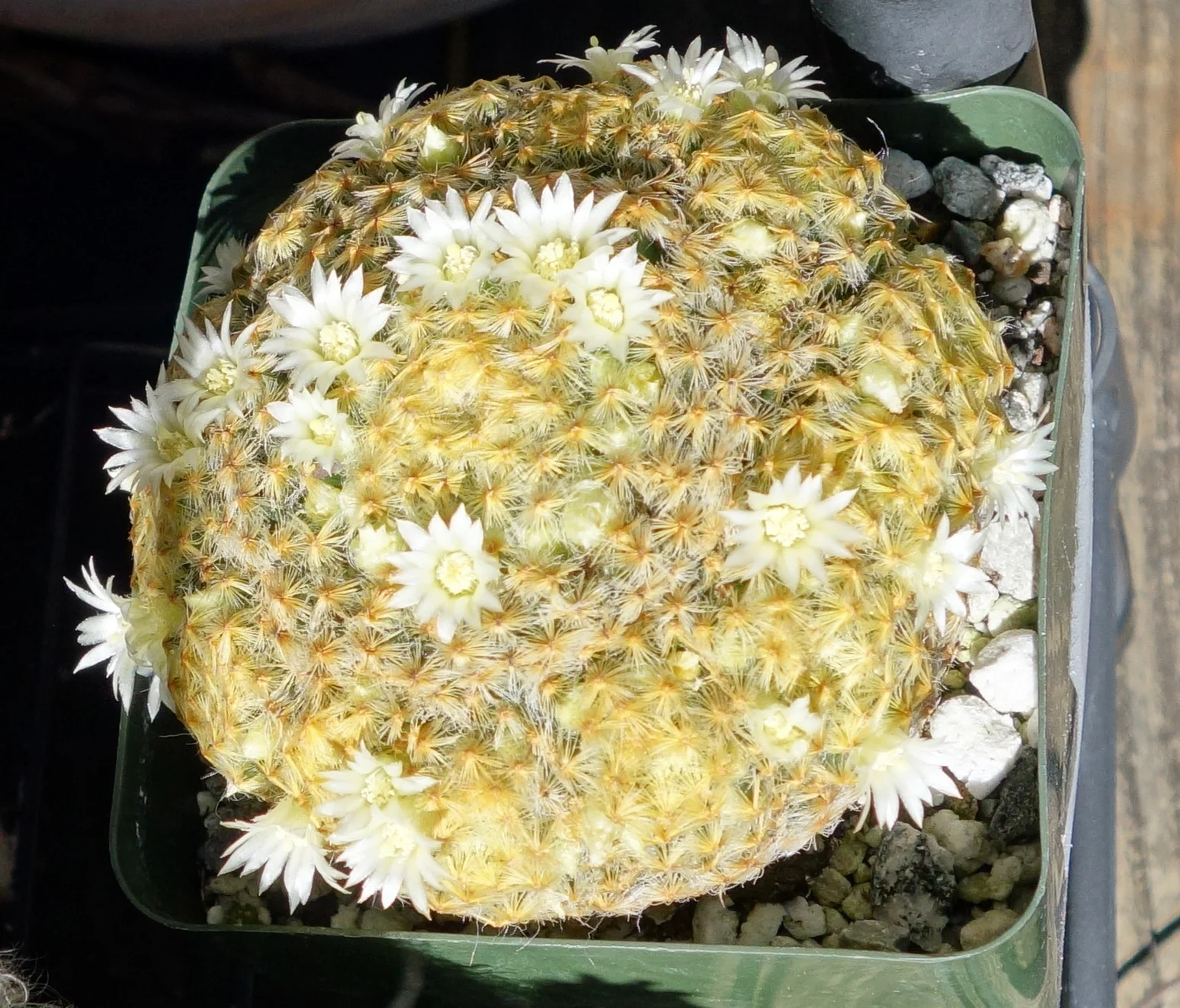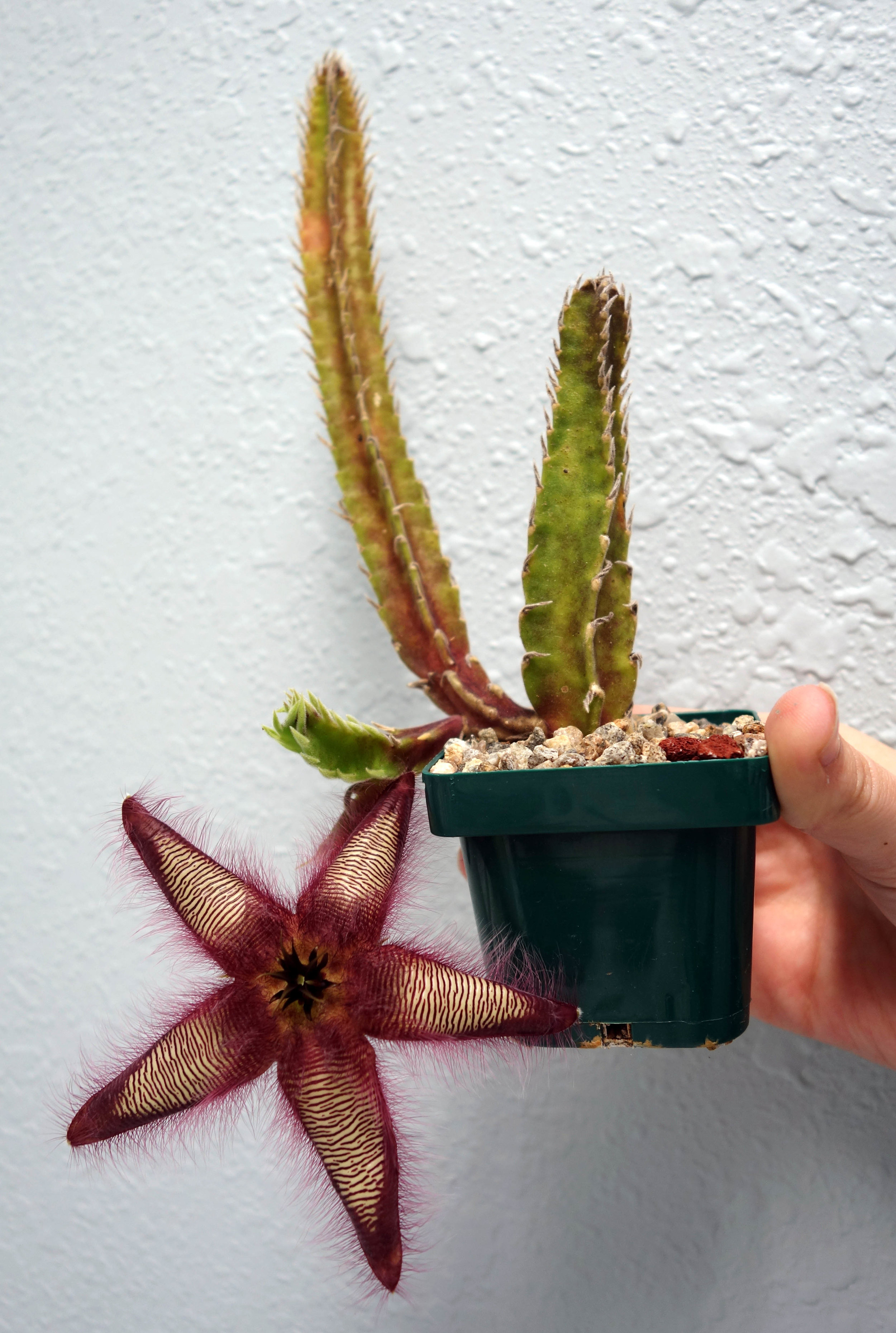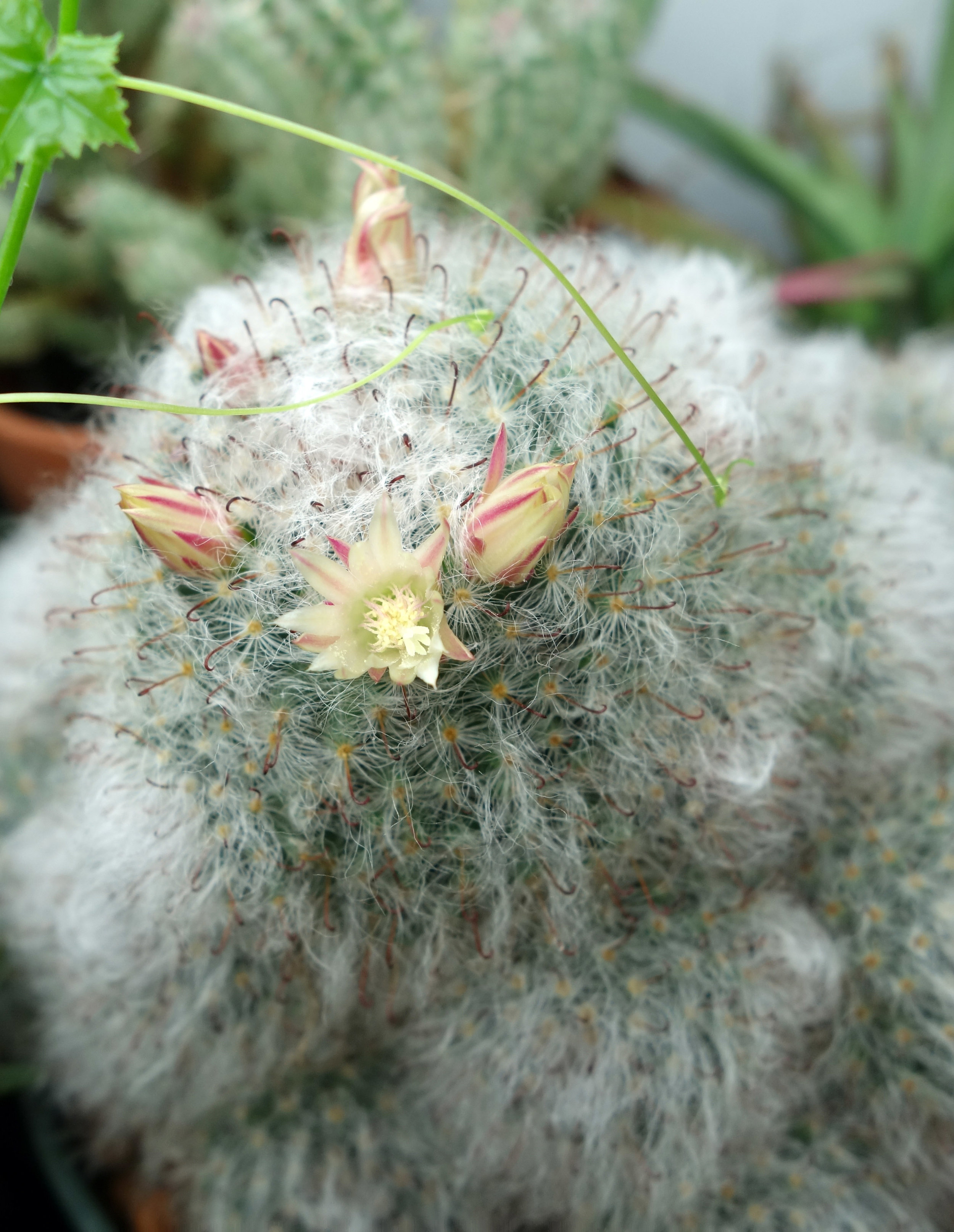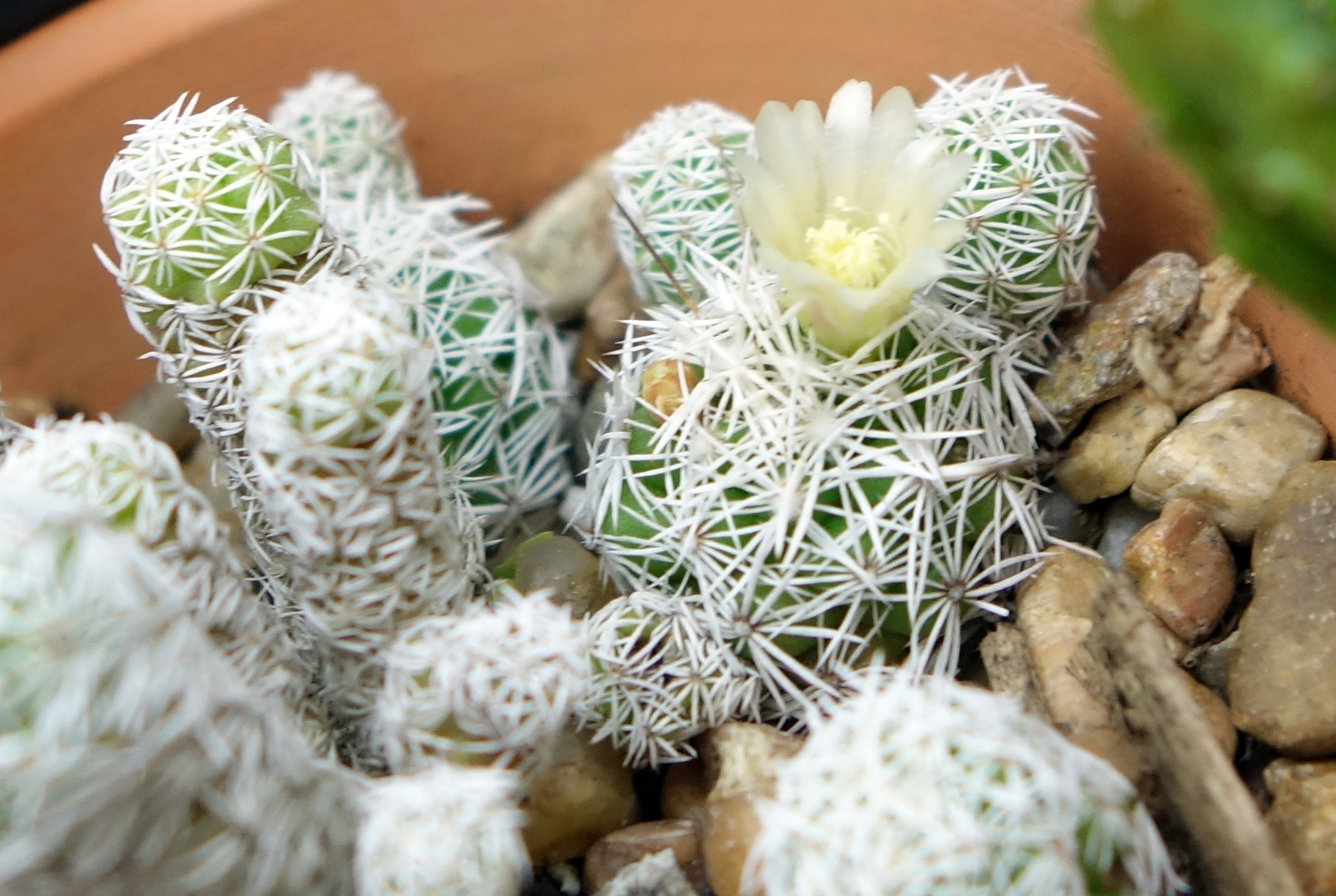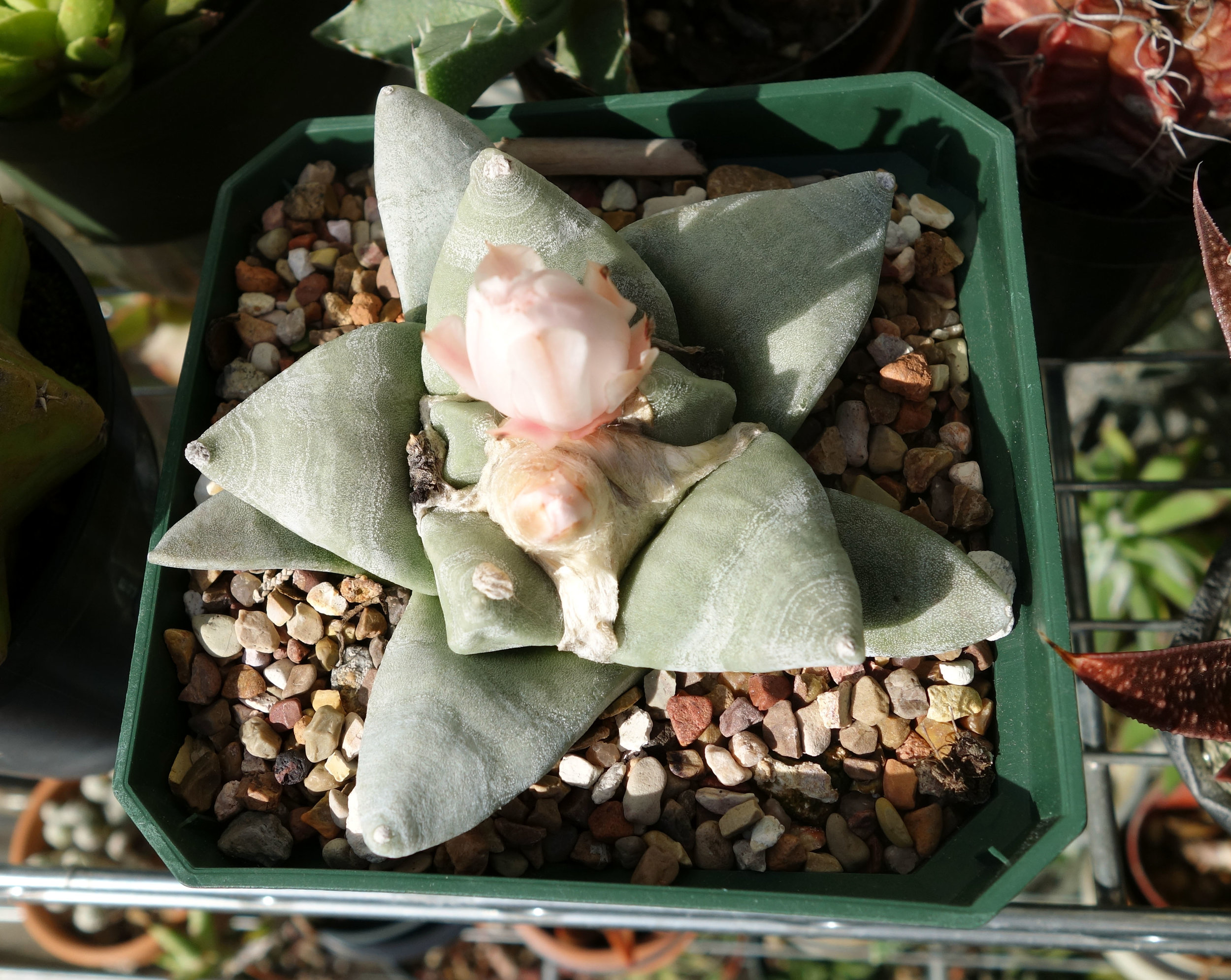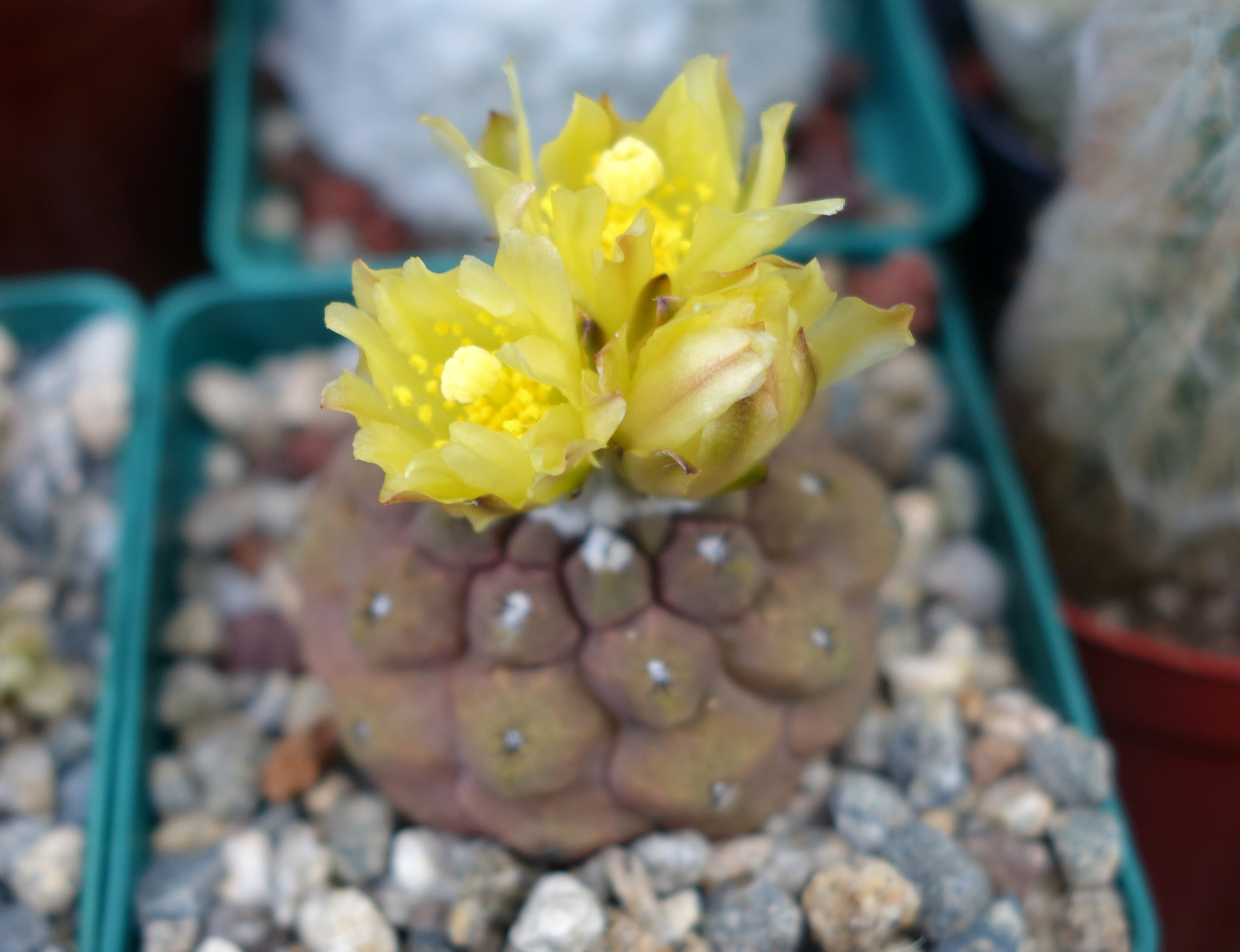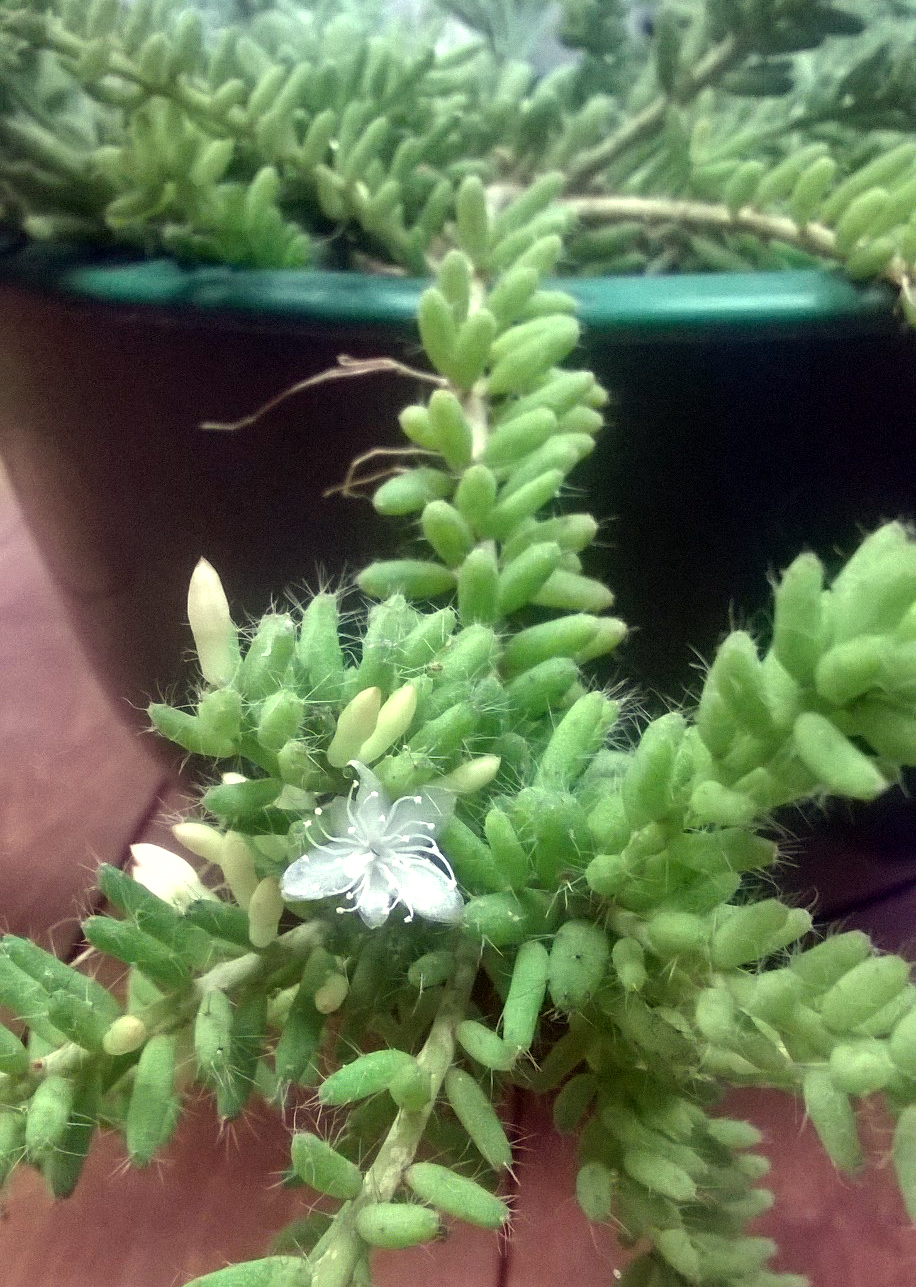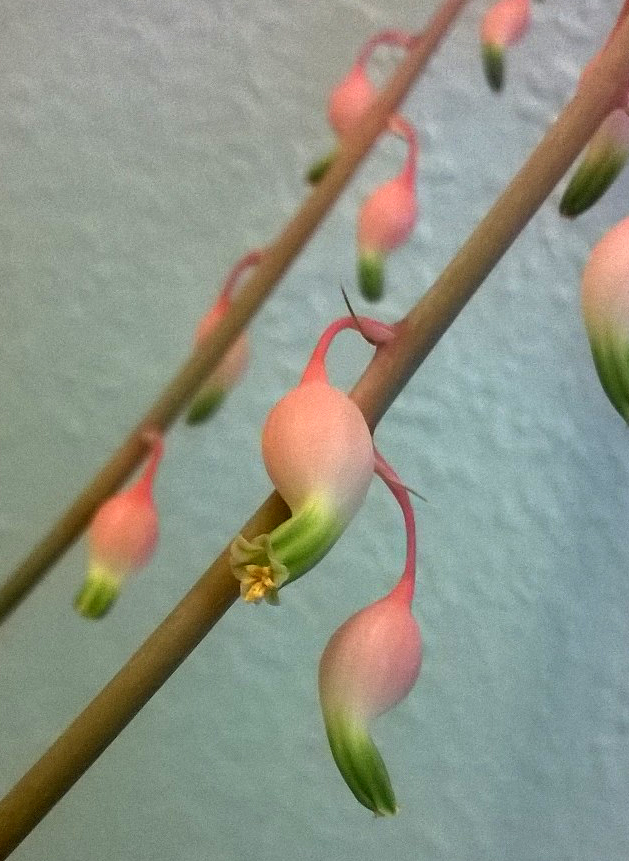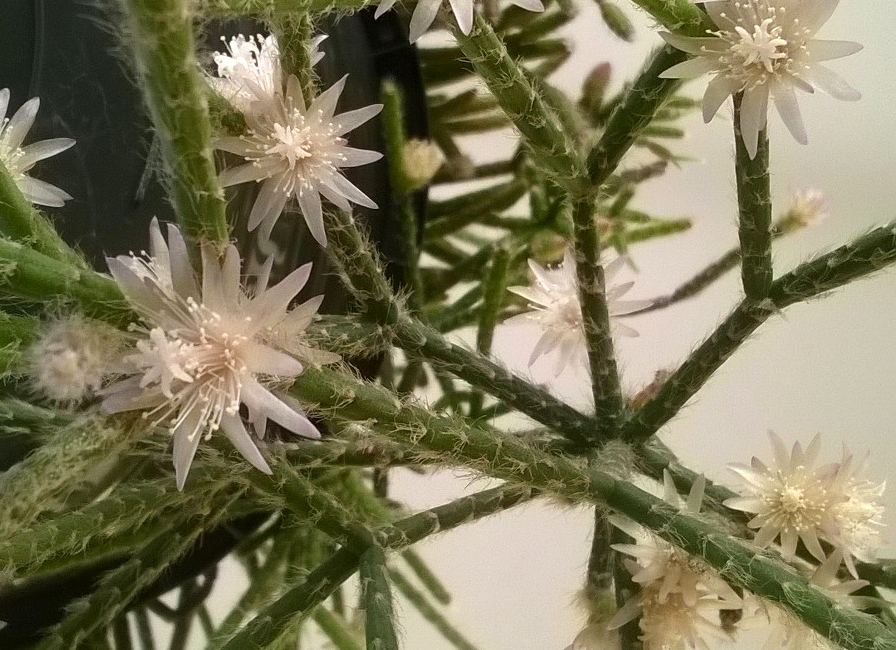This is the first summer in at least six years that I have been present to witness and tend to my plants throughout. (Usually I do at least one artist residency, which typically takes me away for anywhere from five weeks to two-and-a-half months, but the pandemic put a pause on that practice.) I’ve been using the opportunity to try my hand at growing a tomato plant as well as attempting to hand-pollinate compatible flowers from my collection. Here are some photos from the past couple months!
Here we have, in slideshow order: A blooming Hoya kerrii, a Dyckia spp. flower spike, two flower buds almost about to open on an Echinopsis subdenudata 'Domino,' my Haworthia parksiana growing several flower stalks, several different images of my blooming Ledebouria spp., my Mammillaria karwinskiana ssp. nejapensis flower crowns, an Ibervillea lindheimeri flower, Rhipsalis mesembryanthemoides with a couple flowers, a blooming Uncarina roeoesliana, an Episcia spp. in flower, a Phalaenopsis flower spike that lasted for about six months (!), a Sinningia spp. flowering in a cloche for greater humidity, my tomato plant with a few green tomatoes in progress, a lush top-view of my Pelargonium dasyphyllum, an evening look at a reflective Haworthia spp., and an errant Phalaenopsis orchid root that grew through a neighboring plant’s felt coaster which I removed post-photo.
